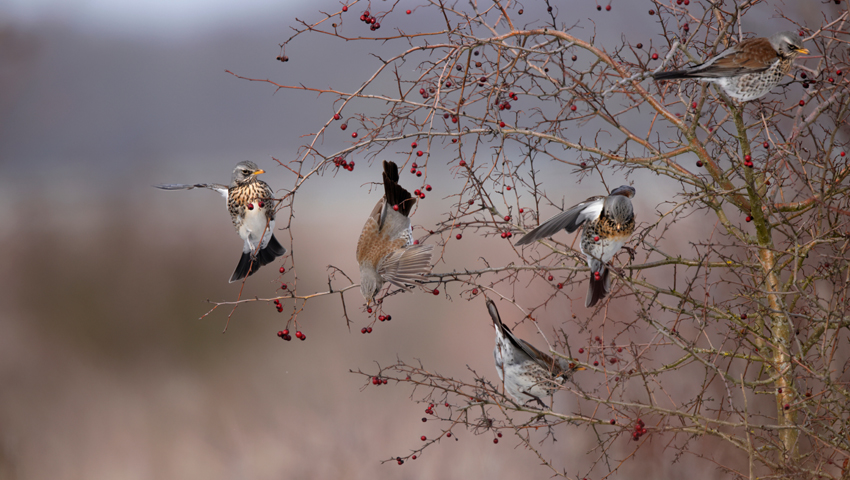Farmers, rangers, game keepers and forest keepers are being invited to join the Big Farmland Bird Count (BFBC) between the 2nd and 18th of February.
As well as providing snapshot of the bird population on UK farms, the annual count aims to raise awareness of the important role that farmers and other land managers play in the conservation of farmland birds.
“Farmland birds have declined by 63% since 1970 and desperately need our help,” explained Dr Roger Draycott, from the Game & Wildlife Conservation Trust (GWCT).
“With 72% of the UK’s land area used for agriculture, the key to increasing biodiversity and reversing the decline in wildlife is held by those looking after this land.”
To figure out how to do this, it is important to have information from long term initiatives such as the BFBC.
Organised by the GWCT and sponsored by the NFU, the BFBC is the first UK-wide citizen science project to involve land managers in monitoring the state of farmland birds.
The count aims to raise awareness of the important role they play in the conservation of farmland birds, and to measure the impact of the conservation work that many farmers and wildlife managers carry out.
Since 2014, nearly 13,000 counts have been carried out. Next year’s will be the 11th count.
NFU President Minette Batters said, “Alongside producing quality, climate-friendly food, our farmers and growers are the custodians of the great British countryside and work hard to boost biodiversity, create habitats for wildlife and provide additional feeding for farmland birds. During [last] year’s count, 149 species were recorded, including 33 species from the Red List for Birds of Conservation Concern.
“I would encourage as many farmers and growers as possible to participate in the 2024 count, record how many farmland bird species you spot on farm and, importantly, submit your results to GWCT. This is always absolutely crucial in pulling together a vital national snapshot of the state of nation when it comes to our farmland birds.”
Teresa Dent CBE, chief executive of the GWCT said, “You can really make a difference by taking part and helping us to understand how our farmland birds are faring.
“By spending just half an hour in one spot on your shoot or farm, counting the birds you see and submitting your results to the GWCT, the results help us build a national picture of which species are benefiting from conservation efforts, and which are most in need of help.”
